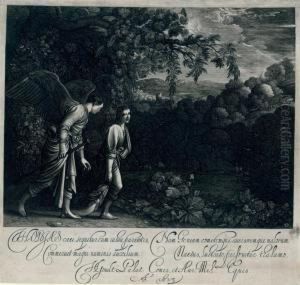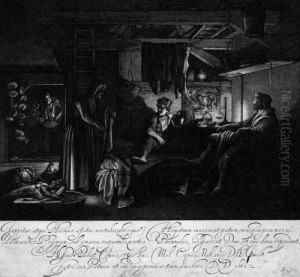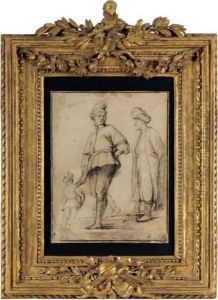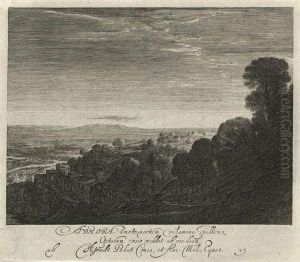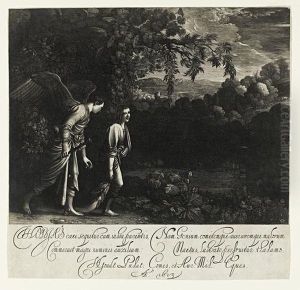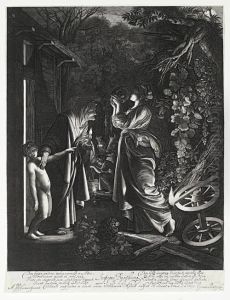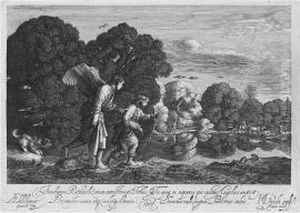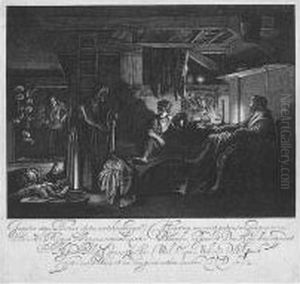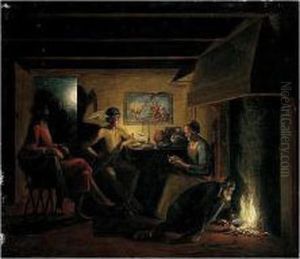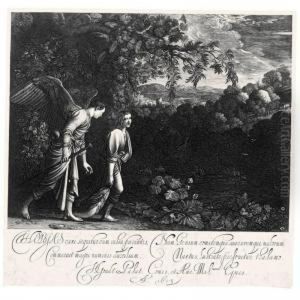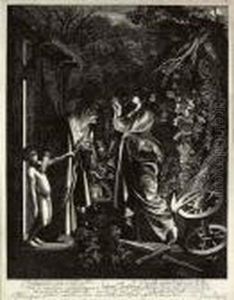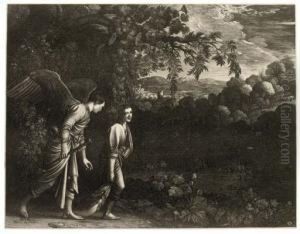Hendrick Goudt Paintings
Hendrick Goudt was a Dutch Golden Age artist known for his exceptional printmaking skills and work as a draughtsman. Born in 1583 in The Hague, Netherlands, Goudt was a nobleman by birth, which allowed him to travel and study art extensively across Europe. His art journey is closely associated with Adam Elsheimer, a German painter with whom he worked in Rome.
Goudt's most famous works are the seven prints he made after Elsheimer's paintings, which display a remarkable level of detail and mastery over the chiaroscuro technique. These works helped to disseminate Elsheimer's style and compositions throughout Europe and had a significant impact on the development of northern European printmaking. Goudt's prints are characterized by their fine lines and intricate rendering of light and shadow, contributing to the mood and storytelling of the scenes depicted.
While in Rome, Goudt became Elsheimer's patron and assistant, which was a unique arrangement considering his noble status. His work with Elsheimer lasted until the latter's death in 1610. Upon Elsheimer's death, Goudt returned to the Netherlands, where he continued to produce prints and drawings. His works were influential in the spread of the Italianate style in Dutch art, and he was among the early artists to bring the Baroque style to the Netherlands.
Goudt's career was not without its struggles. His mental health deteriorated later in life, and he was known to have suffered from bouts of insanity. Despite this, his artworks remain a testament to his skill and his role in the transmission of Italian artistic innovations to the Dutch artistic milieu.
Hendrick Goudt died in 1648 in Utrecht. His legacy is somewhat overshadowed by the artists of the later Dutch Golden Age, such as Rembrandt, but his contribution to the art of printmaking and his role in the international exchange of artistic ideas during the early 17th century continue to be recognized by art historians today.
